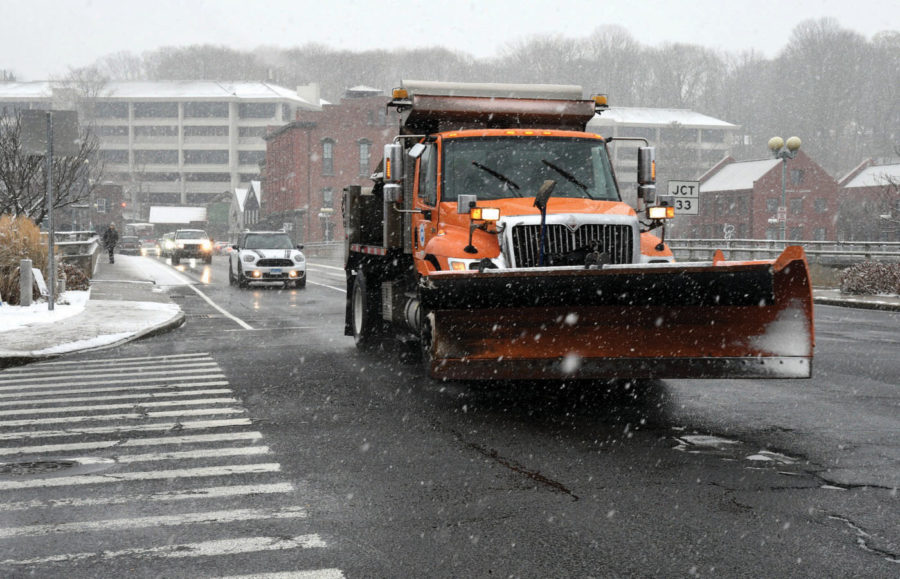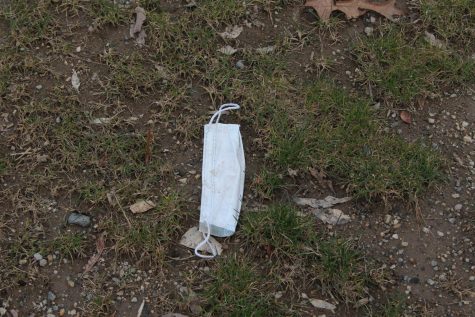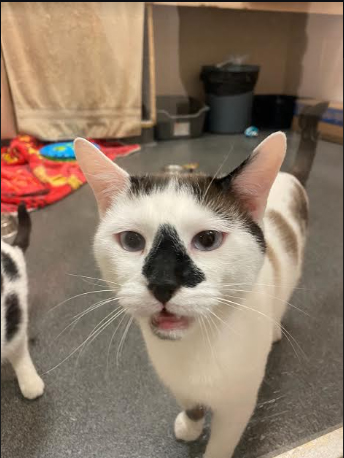As-salt-ing the Environment
This past few week everyone has appreciated the snow salt on area roads that help clear the way so schools can open—okay, maybe not the kids as much—but easier and safer driving conditions come with a price.
Snow salt is used by town and state maintenance crews to lower the freezing point of water. Water normally freezes at 32 degrees Fahrenheit, but the freezing point drops to about 20 degrees with salt. Lowering the freezing point of water helps keeps roads wet, not icy, but this doesn’t help the environment.
A big concern is how salt affects water quality. Some might assume that salt just disappears when all the snow and ice melts, but it does go somewhere. Itwashes away into lakes and streams and leaks into groundwater supplies.
With salty groundwater, there are salty drinking wells. Too much sodium causes an increase in blood pressure, which can contribute to heart disease. This also creates a taste problem for others.
It might be hard to imagine, but snow hurts animals too. According to Pete Fraboni, the Head of Harbor Watch, “The salt will most likely go into the water, and can poison the freshwater fish living there. Not many are able to survive in both salty and fresh water,”. We might eat some of these fish, and the salt that they swam in makes its way into our bodies.
When salt is sprinkled onto the roads, it can easily fall onto the ground, weathering and eroding the soil and hurting the health of trees and vegetation. This includes plants 650 feet away from the road.
The sides of the road can become salt licks for deer and other creatures. This makes them more likely to become roadkill.
Some wonder why we still use salt to clear the roads if it causes damage. A more environmentally-friendly solution would be welcome, but so far, there isn’t a completely harmless way to get salt off the roads. There are some ways to minimize the amount of salt used, like pre-wetting salt so that it’s easier for the salt to stick to the road. Pre-wetting also allows a more controlled application, which means that not as much salt is used.
Snow plows also work, but they aren’t as speedy as salt. Shoveling is good for sidewalks and driveways, but sometimes people just don’t have the time, and prefer to use salt instead.
Overall, snow salt is not good for the environment, which is why other methods are needed to protect deer from becoming roadkill, and fish from being poisoned.













Erin • Mar 6, 2018 at 4:26 pm
I think that this article helped me learn more about what putting salt on the ground does and how it damages the soil in the ground.
Ko Seltzer • Mar 6, 2018 at 12:11 pm
I really liked how you used the head of the Harbor Watch as a reference to support your claim. Great article!
Anna Stamoulas • Mar 6, 2018 at 8:39 am
Great article!! Though I have a question which is how does the salt get from a road where cars are on to lake?
Jack • Mar 6, 2018 at 8:35 am
I think this is a very important cause that I was not family er with the affects of what icing are roads can do. Also I did not know that it can hurt us and animals.But i am wondering what can we do to fix this and still get the snow away. In my opinion this is a great article.
Lucas Fischel • Mar 6, 2018 at 8:29 am
I appreciated how you showed 2 sides of the issue. I could tell you were leaning towards one side, but you did talk about the other side too. Overall Great work!
Aiden Schachter • Feb 15, 2018 at 11:56 am
I really think having articles abut current events and topics really add favor to the newspaper. I also like having a topic that can be researched and debated(like this one). Great Article! Love to see more like it!